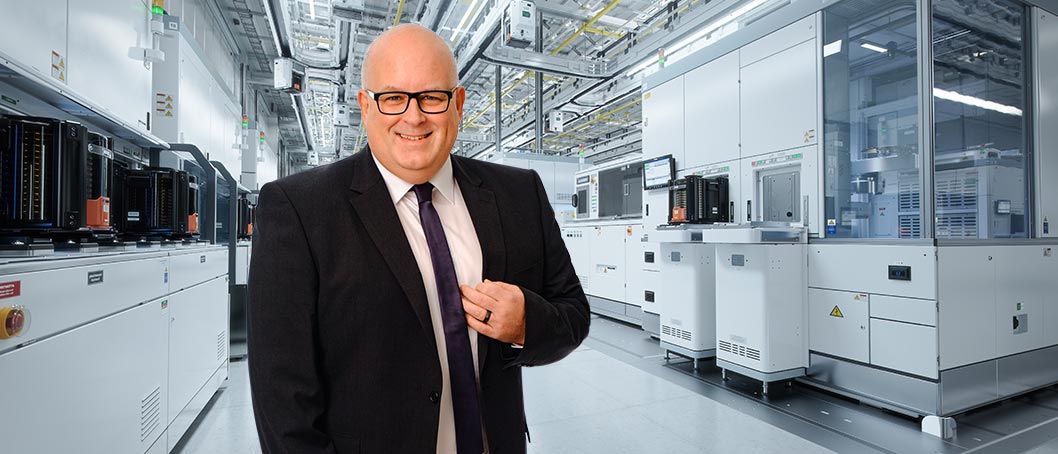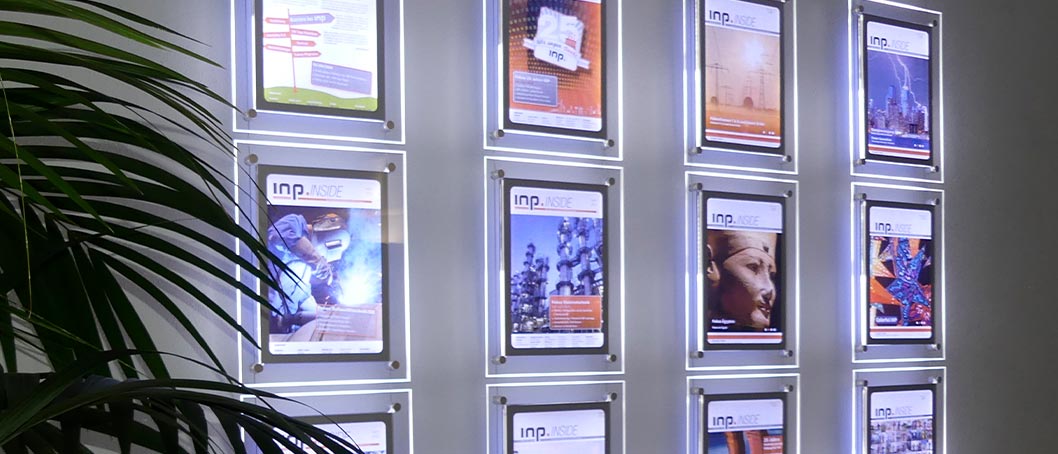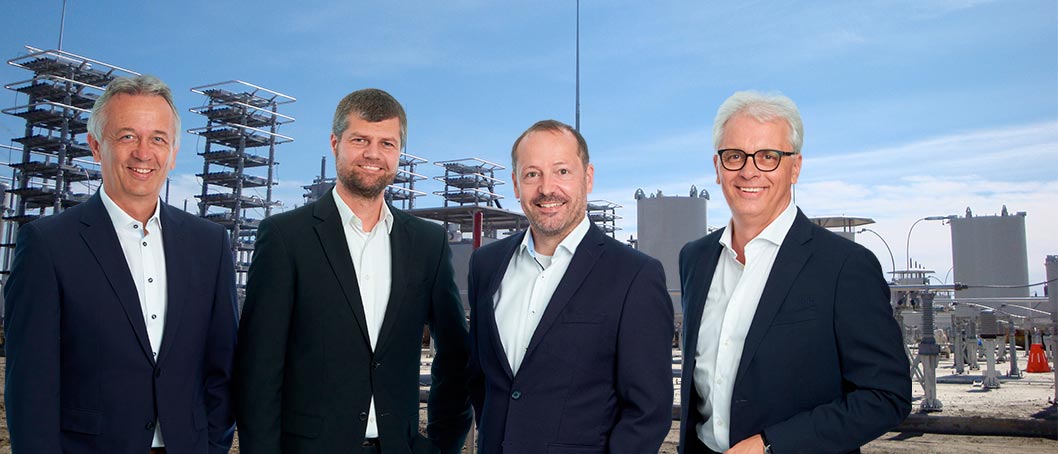Lisa Schalow
Head of Marketing & Communication
INP Deutschland GmbH
Werkstrasse 5
67354 Roemerberg
Germany
Tel. +49 6232 6869-0
lisa.schalow @
@ inp-e.com
inp-e.com
vCard
INP International Projects: We offer you more than 35 years of experience in global power plant, large-scale installation construction and the power industry, combined with the reliability of an owner-managed company.
INP offers you an interesting professional future with bright prospects. Now you can become part of our international team.
INP is your reliable partner in the fields of power generation, transmission and distribution, as well as green energy and construction and infrastructure.

![]() INP is an innovative company:
INP is an innovative company:
I feel good here and I can get things done!![]()


![]() More than 35 years of INP! We're proud of it.
More than 35 years of INP! We're proud of it.![]()

Here you can read the experience report of INP student intern Cedric Noe:
My name is Cedric Noe, I am a student at HPG in Speyer and I am in the 11th grade. In the summer, I did a two-week internship at INP in the field of electrical engineering. During this time, I dealt with the topic of energy management efficiency and was able to gain a lot of experience.
INP has installed PV systems on three buildings at the Römerberg site. For my internship, I asked myself whether and how the use of the PV system could be made even more efficient with battery storage.
To do this, I first looked at the power circuit and the number and power of the PV systems on the buildings to get an overview. To understand the plans and the analyses, I learned the abbreviations, i.e. the wording. To better understand the circuits, a colleague showed me all the meters and inverters and explained their function. When that was done, I tried to get an overview of the power consumption and products. I used various sources, such as the HMI, Wago Cloud, Excel spreadsheet and the meter readings. Since I now knew approximately how much a building produces and consumes, I calculated various relevant values from this, such as average daily consumption, electricity surpluses and how much electricity is actually covered by the PV system.
To increase the efficiency of the PV systems, it was now relevant to know when how much electricity is consumed and produced. With this information and the annual consumptions, one can calculate how much storage space a battery needs. The initial goal for a battery was to bridge the power shortages, i.e., when the PV system produces too little power, to draw power from the battery. Again, this assumes that previously the PV system fed into the battery when there was excess power. So now I have been researching batteries to find the best battery for the given conditions. In the process, I have exchanged information with experts and tried to get in touch with the manufacturers of the batteries. After reading many test reports and studies about such storage, I knew what the main criteria are when buying a battery.
After weighing all the factors, I had found two suitable batteries and was able to calculate whether the initial cost of battery storage and the effort to operate them was even worth it for INP. I tried to calculate the profitability of my small project. To do that, I had to know at which rates INP buys electricity and how much INP receives in return for the electricity it feeds into the grid. Before that, I had calculated how much electricity would be needed to cover the day's demand and found out how much could be saved per year with the battery.
I quickly sensed that a storage solution might not be profitable, because more and more factors came into play that influenced the result. Therefore, I also looked around for funding opportunities in the area to make the project more attractive. Unfortunately, this was not so easy because most of the funding opportunities did not apply to commercial enterprises or had already expired. So I called an expert who had worked with INP before. He was able to tell me about a grant that could then be used to fund the battery in a roundabout way. However, this made my study even more complicated, because the subsidy was primarily intended to provide incentives for the purchase of an electrically powered commercial vehicle. Therefore, it was also crucial to determine whether the commercial vehicle would pay off in combination with a battery. To do this, however, I first had to investigate whether the subsidy applied to my purposes, and to do this I called a tax office and had them assure me that the commercial vehicle could be subsidized in part and that the refueling and charging infrastructure could be subsidized. Once that was cleared up, I was able to start putting my findings together into a presentation to present afterwards.
In the end, I gained a lot of knowledge from this unique experience. I learned how to use Excel, how to write emails properly, how to use MS Teams, how to ask the right questions and how to structure myself. I needed all these skills to work on and develop my project. It also showed me at the same time how important these skills are. For example, I lacked structure in the beginning, so later on I didn't know where I was at with my project and that took me longer.
What made it possible for me to work effectively at all was the openness and enormous willingness to help in the company. When I had questions, everyone took me seriously and took the time to answer them. In addition, I was given every freedom as to how I wanted to structure my internship and how I approached my project. A special thanks goes to Gianluca Schemmari and Daniela Dreier, who took a lot of time to help me with problems or to get information I never thought I would get.
In the future, I would like to graduate from high school and then probably travel for half a year to gain some experience of how other cultures live, work and spend their free time. After that I would like to start a dual study program in the field of energy technology. My motivation is that what I do can really make a difference and move us forward. I'm doing something meaningful, because I'm making sure that we use energy more efficiently and thus relieve the burden on the environment.
To optimize your visit on our website we use cookies. Some of them are necessary whereas others are helping us to improve and customize the user experience of our website. For this purpose, cookies are used to collect and analyze pseudonymized data of website visitors. You can at any time change or withdraw your consent from the use of cookies.
Further information regarding cookies in this website can be found in our privacy policy